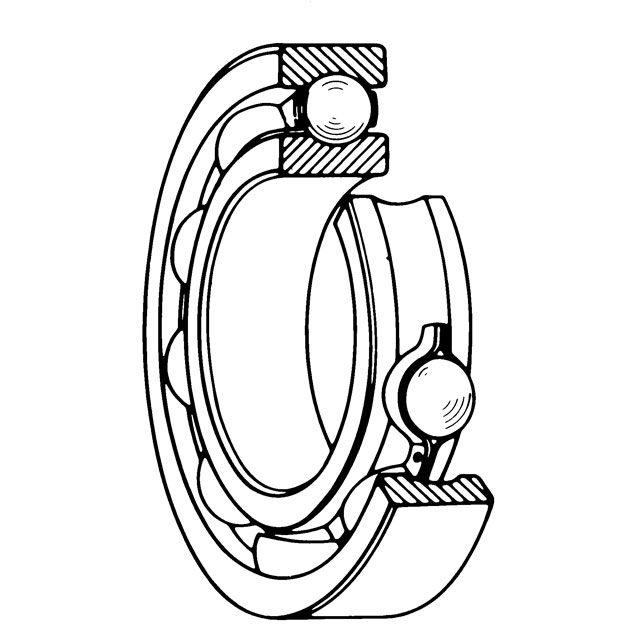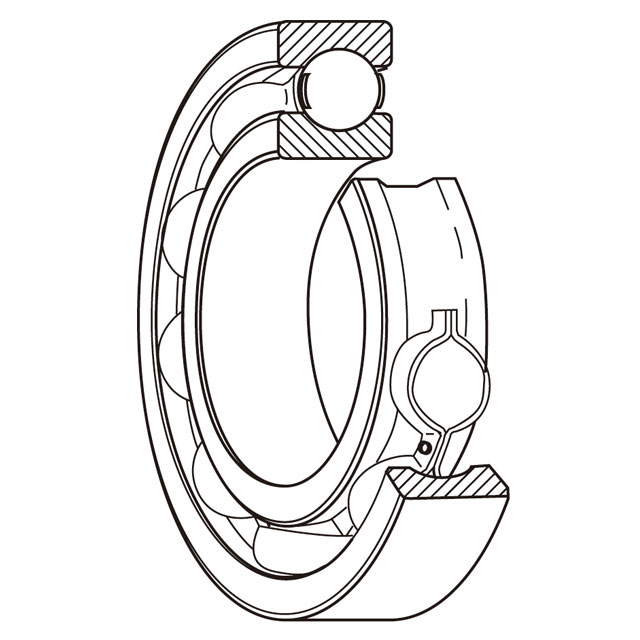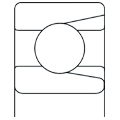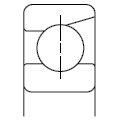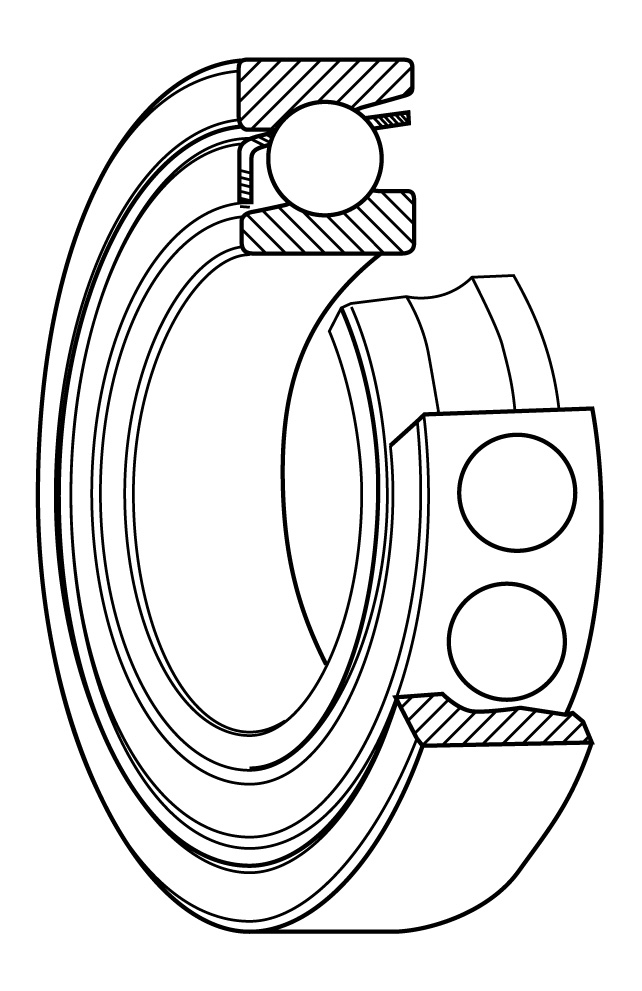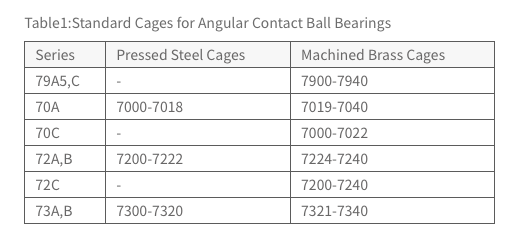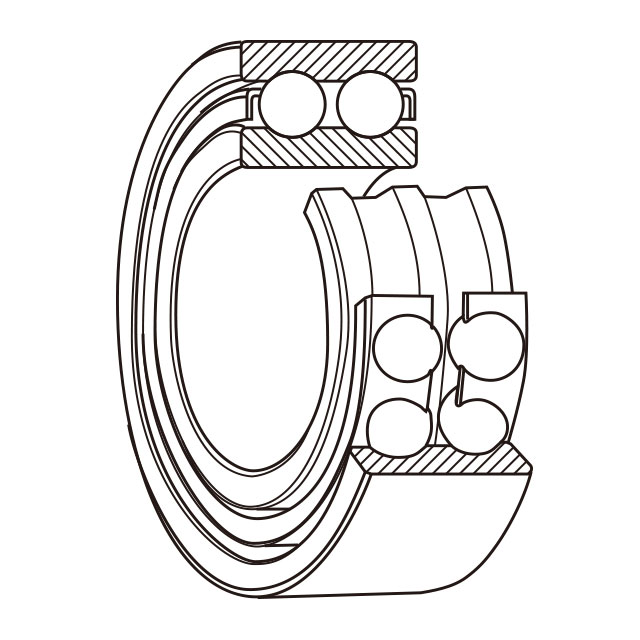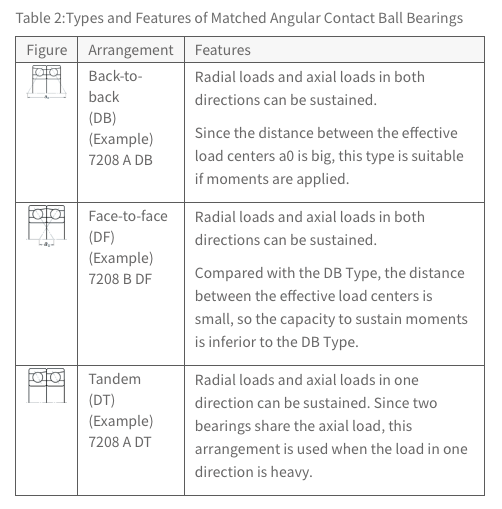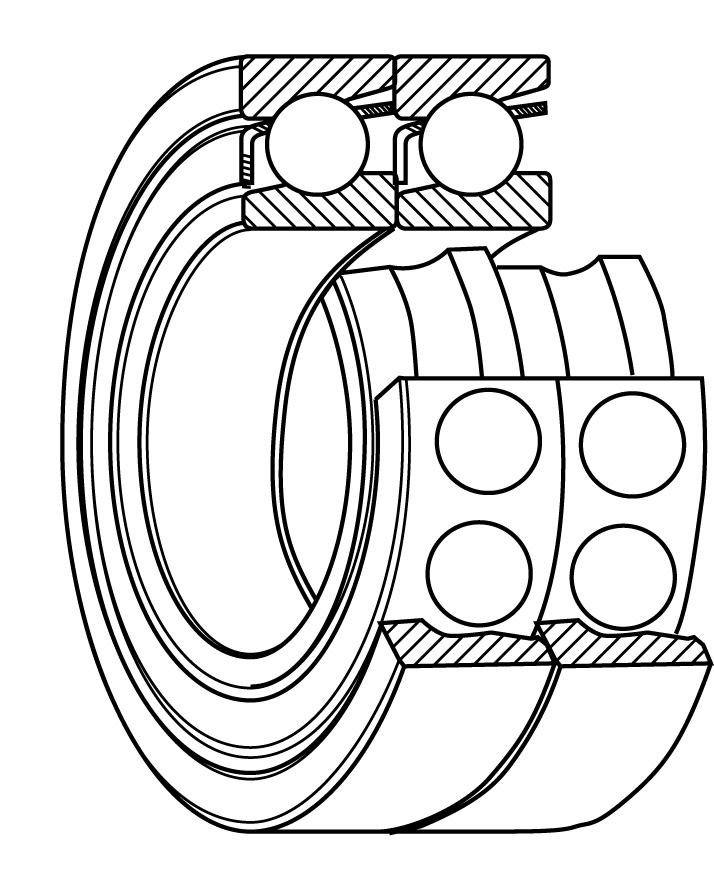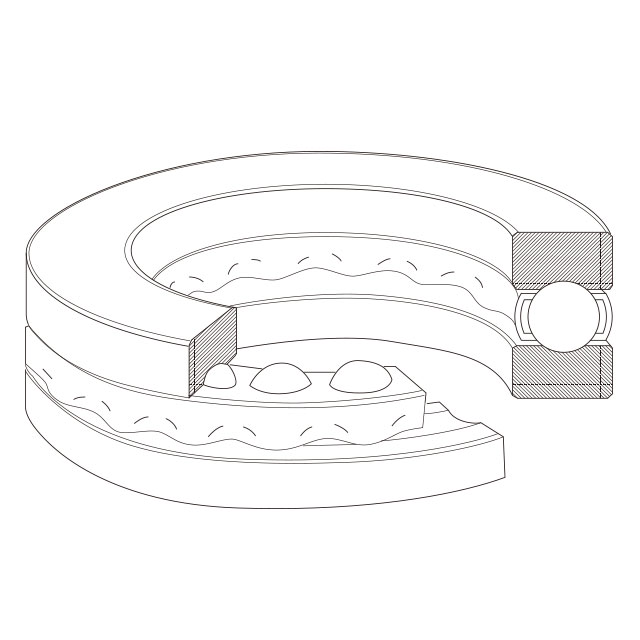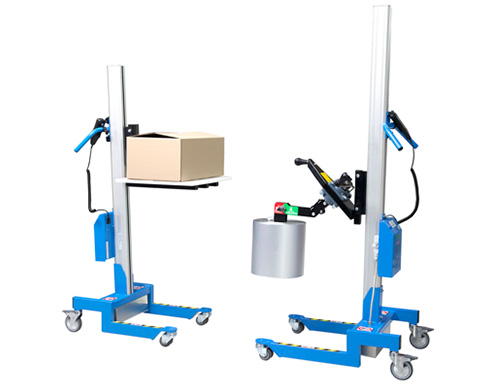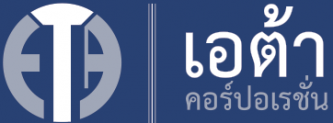Ball Bearing
Product List
Features
- High Quality Steel — Ultra clean steel to extend bearing life by up to 80%.
- Advanced Grease Technology — NSK lubricants that can extend grease life and performance.
- High Grade Balls — Quiet and smooth operation even at high speed.
- Super Finished Raceways — Specially honed to minimise noise and improve lubricant distribution and life.
- Contact Angle — Offered in 15, 25, 30 and 40 degree angles.
- Cages — Available in a range of Polyamide, steel and brass cage assemblies.
Product List
Product List
Features
- Available in two designs: single direction and double direction.
- To accommodate initial misalignments in an assembly both designs are available with spherical aligning seats or aligning seat washers.
- High quality steel-ultra clean steel to extend bearing life by up to 80%.
- Advanced Grease Technology — NSK lubricants that can extend grease life and performance.
- High Grade Balls — Quiet and smooth operation even at high speed.
- Optional seating rings take initial misalignment.
Product List






